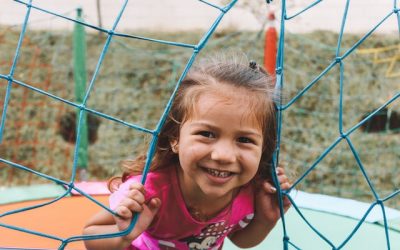In April and September of 2013, the O`ahu Foster Care Training Committee (FCTC), presented a workshop to help families understand the effects that diet has on children. FCTC served nutritious food that was very well received by the families attending the training. We wanted to share the recipe for the most popular dish served as well as this information from the presenter, Stephanie Jurgenson.
Click on this link to download the powerpoint Childrens Behavior and Nutrition. Learn more about the presenter, Stephanie Jurgenson, by clicking on her name.
Click on the following links to download recipes from the training: Spinach and pea casserole Baked Brown Rice Chili-Veggie- with Beans
Here are some notes from Stephanie regarding the effect of diet on children’s behavior:
Why care about what your children eat? A child’s brain is affected by what they eat more than any other organ. Eating healthy foods and avoiding a few key ingredients can help regulate a child’s attitude, improve school performance, promote better sleep and improve overall health.
Kid-friendly guide to healthy eating. Dr. Bill Sear’s, a world-renowned pediatrician and author, developed Traffic Light Eating – a concept that toddler through teenager can follow. Green light foods are go and grow foods, and generally can be consumed in any amount. Yellow light foods may be eaten nearly every day, but can slow you down if over-consumed. You should stop and think before eating red light foods, as they lack nutritional value and do harm. Some examples:
Green light foods: Fruits, vegetables, leafy greens, water
Yellow light foods: Chicken, fish, whole grain bread/pasta/cereal, brown rice, nuts, yogurt, milk, juice
Red light foods: Fried chicken, ice cream, soda, hamburger, foods with “no” ingredients (see below)
A few additional tips for using nutrition as medicine for your child’s behavior:
Brainy breakfast. A proper breakfast will result in more stable behavior, improved brain function, less anxiety, better test scores, and support weight control. Key elements include protein, carbs with fiber, low sugar, and healthy fats.
Healthy fats for healthy brains. Omega 3 fatty acids, found in fish, avocado, flax seed, nuts, etc. are a necessary part of brain development and function. These healthy fats allow for faster communication between nerve cells, stabilize and elevate mood, increase attention span, and decrease aggression during times of stress.
Play every day. Besides being physically healthy, play is emotionally healthy. Exercise releases “happy hormones”. Fidgety children should be encouraged to be active, and play WITH them.
Hydrate with water. Children will think more clearly and have more energy when properly hydrated. Hydrating with sugary drinks doesn’t quench thirst! Sugar can cause tantrums, foggy thinking, and impair the immune system for hours at a time. TIP: Dilute 100% fruit juice with water (gradually increase dilution to more water than juice).
Know the No’s. A few ingredients have such negative affects on children’s behavior and health that it is suggested you avoid them altogether; any food containing them is a red light food. These ingredients include high fructose corn syrup, hydrogenated oils (trans fats), and artificial flavors & colors.
Before making major changes to your diet, it is best to check with your medical professional.
References and Additional resources:
*LEAN Kids, William Sears M.D, Peter Sears M.D. and Sean Foy, M.A.
Eat Healthy, Feel Great, William Sears, M.D., Martha Sears, and Christie Watts Kelly
www.stephjurgenson.com, Stephanie Jurgenson Health Coach website




